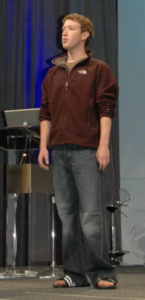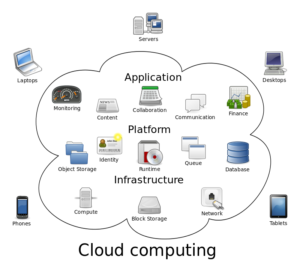In our experience, the answer is “something special”!

Next month the third Global Legal Hackathon is happening over the weekend of 6-8 March in London and simultaneously in over 50 cities across 6 continents. Back in 2018 40 cities joined in. Last year we had 47 cities, and this year will be bigger, better and even more fun! First a disclosure – I’ve been part of the organising team since the start. Actually the idea for this event was formed when Brian Kuhn, who at the time ran IBM’s Watson Legal business, met David Fisher, CEO of Integra Ledger, at a workshop Rob Millard of Cambridge Strategy Group and I ran back in 2017. Rob and I have hosted the London edition of the hackathon ever since, with a lot of help from our friends, sponsors and the University of Westminster. This is a not for profit event, free to enter for all the participants, with our sponsors covering the cost of some prizes, as well as lunches, evening meals, soft drinks, coffee, tea, beer and wine. A hackathon wouldn’t be a hackathon without beer and pizza!
Is a hackathon with lawyers going to work?
We know that the legal profession has a reputation for being conservative and corporate across all sizes of firms, but like every industry sector the profession is facing the need to digitally transform and reinvent (what our friends at Bloor Research would call a Mutable Business™). New approaches, new uses of technology and, more than anything, new business models are going to be required. Every firm has a position on embracing cloud and mobile technologies, but automation in general and Artificial Intelligence in particular should figure prominently in many plans. This Hackathon is all about getting our best legal brains and innovators in a big room with smart marketers, designers and developers to collaborate, feed off each other’s creativity, experiment, and come up with fresh ideas, cool apps and new ways to interact with clients. It worked like that in 2018 and 2019 with some great ideas, great teamwork and a lot of fun!
What’s the objective?
To progress the business of law, or to facilitate access to the law for the public. Ideas will be pitched on the Friday evening, and teams of 3-10 will form to work over the weekend to create an app or a service. We expect ideas using technologies like AI, Machine Learning, Chatbots, Blockchain, or the Internet of Things. Our 5 judges will deliberate on the Sunday afternoon and pick the winning team for London. That team will enter the virtual semi-finals with all the winners from the other cities on 22 March where 10 teams will be chosen to compete in the grand final in London on 16 May (London venue to be confirmed).
#GLH2020 London is bigger and better
The London stream of the Global Legal Hackathon (GLH) is being co-hosted by Cambridge Strategy Group, Agile Elephant and our venue is kindly provided by the University of Westminster. This year we are at the Marylebone Campus, 35 Marylebone Street, near Baker Street station.
All of the details, latest news and how to register are at: LegalHackathon.London and follow #GLH2020 with #London on social media. Attendees will be invited to join our Slack channel to collaborate and communicate in the run up to the physical event.
Who is involved?
GLH London has only just opened registrations. Last year there were teams from LexisNexis, Pinsent Masons, Vodafone, and Hult International Business School along with involvement from Thomson Reuters, Said Business School, Oxford university, City University, South Bank University and more.
Two of our five judges are on board – Jeanette Nicholas, Deputy Head of Westminster Law School, and Chris Grant, Head of Legal Tech at Barclays (and we hope to announce the other three very soon).
This year our sponsors are Bryan Cave Leighton Paisner, and White & Case with Global Sponsors to be announced shortly. The Law Society, Disruptive.Live and Techcelerate are supporting us. techUK and Westminster Council are helping spread the word.
How can you get involved in the GLH London?
- Hacker teams and team members – Anyone involved in the law, interested in the law, involved in technology for the law, or general developers, marketers, graphic designers, app designers from any industry sector who want to join the fun. We know some law firms will submit teams, and new teams will form on the first evening around a great idea at the GLH. We have a particular focus on diversity and inclusion this year (more details on that soon).
- Helpers – We need volunteers over the weekend to make it happen and keep everyone happy.
- Mentors – We need subject matter experts and technologists who can mentor the teams over the weekend to help crystallise their ideas, challenge them, or keep them on track.
- Judges – We’ve got 2 great judges, but we need to find 3 more.
- Sponsors – As well as the venue we will be providing food (participants need to tell us if they have any special dietary requirements) and drinks, name tags, other supplies as well as some prizes. This is a ‘not for profit’ exercise for the hosts, but we need to cover our costs.
If you are reading this and you aren’t near London, Manchester is hosting this year, as are cities in Brazil, Israel, Hungary, China – check out the Global Legal Hackathon site for a city near you.
Like we said at the start, we know this is going to be something special. What’s going to happen when you get a bunch of lawyers, coders, designers, consultants and marketing types with their laptops, toolkits and cloud platforms together over a weekend? Please come and join us and find out!



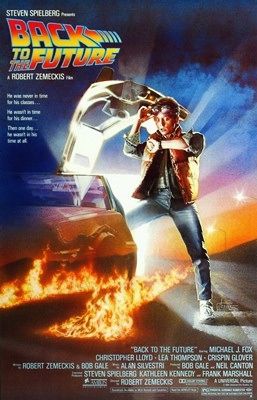



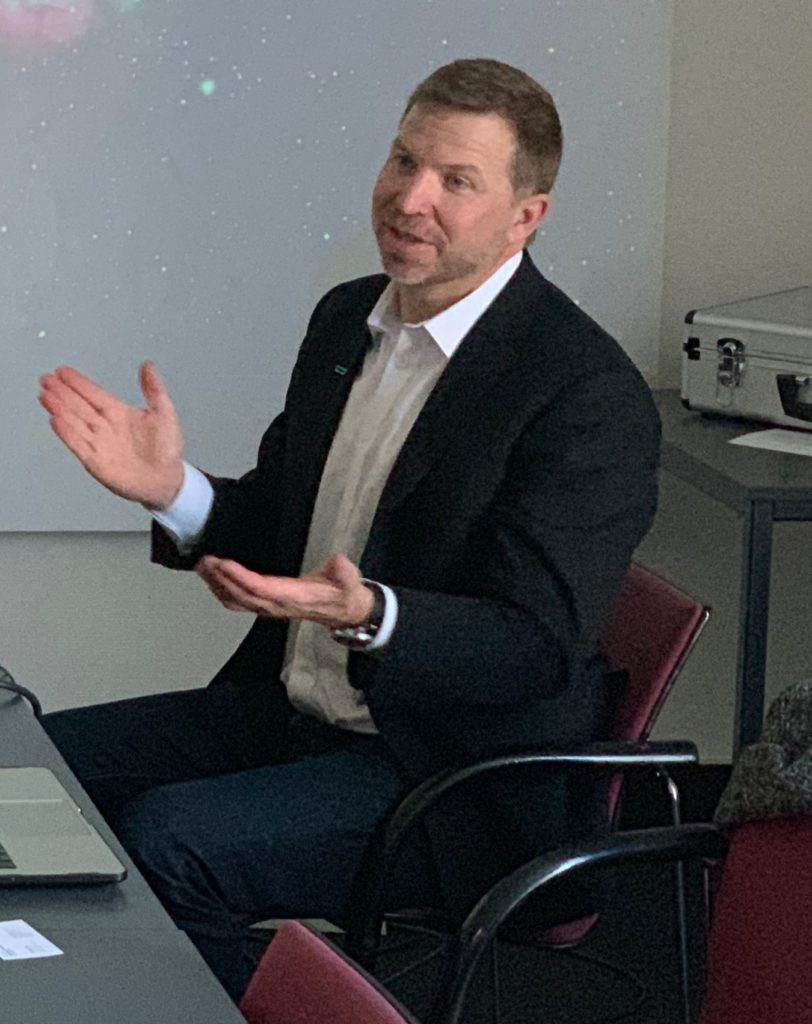

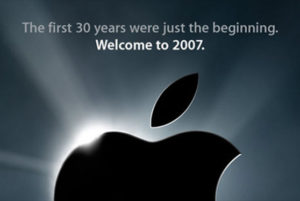
 I mentioned above that I
I mentioned above that I 